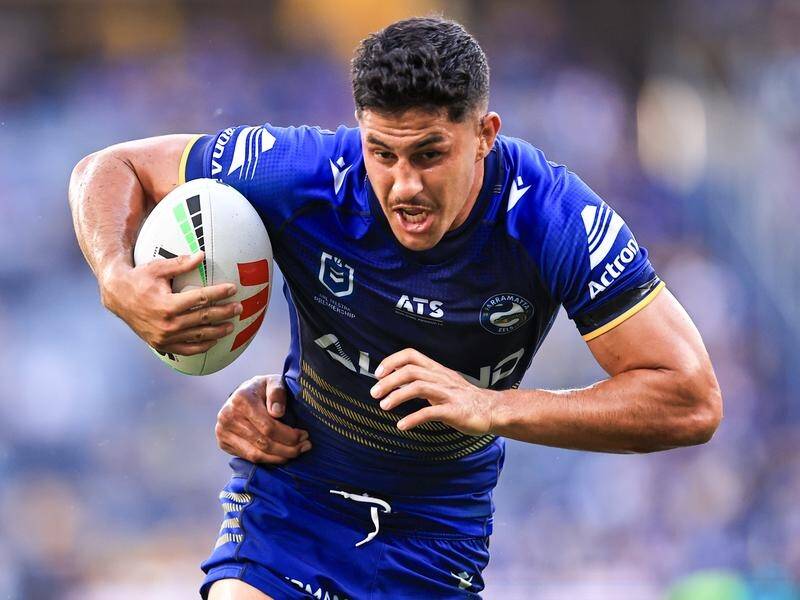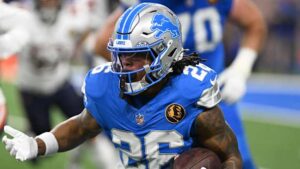
Option madness: A real dilemma! Why Eels have hamstrung themselves so high on 2026 transfer market…
The Parramatta Eels’ current approach to player contracts has sparked debate in rugby league circles, with concerns that their strategy may severely restrict their ability to maneuver in the 2026 transfer market.
This situation highlights the fine line clubs walk between retaining core talent and maintaining flexibility in the dynamic world of the NRL player market.
The Root of the Problem: Long-Term Options
The Eels have locked in several players on long-term contracts that include player or mutual options for 2026 and beyond. While these clauses are designed to give players security and clubs control, they can become double-edged swords.
When multiple contracts overlap with similar options, it creates uncertainty around the team’s roster for future seasons.
For the Eels, this approach has effectively “hamstrung” their future planning. They’ve tied up significant salary cap space with stars such as Dylan Brown, Clint Gutherson, and Reagan Campbell-Gillard, whose options provide little clarity about the team’s composition in 2026.
By committing to options without firm end dates, Parramatta faces the risk of being unable to pursue external talent aggressively if these players ultimately decide to stay. Conversely, if players opt out, the team could scramble to fill critical roster gaps.
Salary Cap Implications
One of the most significant impacts of these options is on the Eels’ salary cap management. Player and mutual options count as provisional allocations in the cap, meaning clubs must plan as if the player will stay. This restricts the club’s ability to make competitive offers to incoming talent and build a balanced squad.
For Parramatta, a key challenge lies in retaining depth while still pursuing marquee signings. The reliance on stars can create an imbalance if injury strikes or if these high-profile players don’t deliver consistent performances.
This was evident in 2024, where injuries to key forwards exposed the Eels’ lack of depth in critical positions.
Missed Opportunities in 2026
The NRL’s 2026 market is shaping up to be one of the most competitive in years, with several elite players potentially coming off contract. Clubs with financial flexibility will be in pole position to recruit these game-changers, while those like Parramatta may be left on the sidelines.
The Eels’ current strategy could mean missing out on transformative signings simply because they lack the cap space or certainty to make substantial offers.
Adding to this concern is the changing landscape of player demands. Younger stars are increasingly seeking shorter deals with flexibility to maximize earning potential.
By tying themselves to long-term options, Parramatta risks being left behind in a league where adaptability is becoming more critical.
The Player Perspective
From the players’ side, options are advantageous. They provide control over future earnings and leverage for renegotiation.
For instance, if Dylan Brown continues to excel, he could potentially negotiate an even more lucrative deal before his option year. This leaves the Eels in a bind, as they may be forced into paying a premium to retain him or lose a cornerstone of their team.
However, players opting out can create additional complications. Should multiple stars leave simultaneously, the Eels would face the daunting task of rebuilding their squad in a short timeframe—a scenario that rarely leads to immediate success.
What the Eels Can Do
To navigate this potential predicament, the Eels must adopt a more balanced approach to roster management:
1. Limit the Use of Options
While options are a useful tool, overreliance can create more problems than they solve. The Eels should consider focusing on shorter-term contracts or including performance-based clauses to ensure players earn their extensions.
2. Develop Junior Talent
Parramatta has a rich history of nurturing junior players, and doubling down on this strategy could provide the depth needed to offset the risks of top-heavy rosters. By investing in their development pathways, the Eels can create a steady pipeline of affordable talent.
3. Strategic Recruitment
The Eels must prioritize players who fit specific needs and complement their current roster. Rather than chasing high-profile names, they could focus on undervalued players who offer versatility and consistency.
4. Cap Flexibility
Maintaining cap flexibility is paramount. Parramatta must resist the temptation to front-load contracts or back-end deals that could lead to future bottlenecks.
The Parramatta Eels’ use of long-term options reflects an effort to retain their core and remain competitive. However, this strategy has unintended consequences that could limit their ability to adapt in the highly competitive 2026 transfer market.
With salary cap pressures and rising player mobility, the Eels risk being left out of one of the most crucial recruitment cycles in recent memory.
To avoid being hamstrung, Parramatta must rethink their approach, prioritizing flexibility and strategic planning over short-term security.
If they can strike this balance, they’ll be better positioned to navigate the challenges of the modern NRL landscape while keeping their championship aspirations alive.







